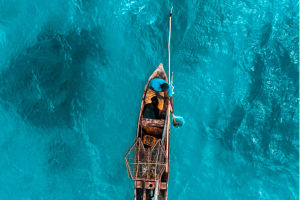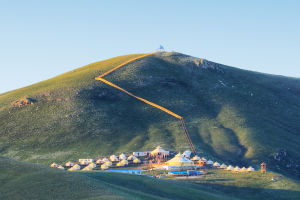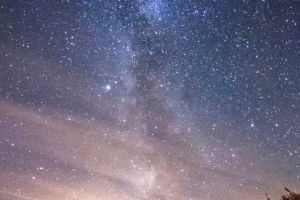The 21st century has been dubbed the "century of the sea" because of the increasing importance of sea transport in international trade and the potential of the ocean as a source of food.
The ocean has rich fishery resources, and there is the possibility of developing "sea ranches" in the future. However, these fishery resources are not evenly distributed and are concentrated in certain areas called "fishing grounds."
The world's oceans are divided into four major fishing grounds based on the abundance of fishery resources. These are the North Pacific fishing grounds, the Northeast Atlantic fishing grounds, the Northwest Atlantic fishing grounds, and the Peruvian coastal fishing grounds.
Most of the marine fish on our tables today come from the Atlantic and Pacific Oceans.
These four major fishing grounds are distributed among these oceans and are located in Hokkaido, Newfoundland, the North Sea, and Peru. In this article, we will introduce these famous fishing grounds.
The Hokkaido fishing grounds are situated in the southeastern waters of Hokkaido, Japan. They are formed by the confluence of the Japanese warm current and the Thousand Islands cold current. The Kuroshio, or the Japanese warm current, originates from the waters of Luzon Island in the Philippines and is influenced by trade winds and the earth's deflecting force.
It continues to move northward to reach the eastern part of the Japanese archipelago. The Pro-Tide, or the Thousand Islands Cold Current, originates from the Bering Sea and travels south along the Kamchatka Peninsula and the Thousand Islands. It intersects with the Japanese Warm Current in Hokkaido waters, causing nutrients from the deep sea to rise to the surface.
These nutrients cause plankton to proliferate, attracting fish from the North Pacific Ocean to Hokkaido waters and forming the Hokkaido Fishing Ground.
The Peruvian fishing grounds are located in the coastal waters of Peru and were formed due to the upward compensatory flow of the Peruvian cold current. The Humboldt cold current, or the Peruvian cold current, originates from the southern waters of Chile and extends northward to northern Peru, making it one of the strongest cold currents in the world.
Because of its strength, the Peruvian cold current triggers the upwelling of lower seawater in Peruvian waters, bringing a large number of nutrients to the surface of the seawater and forming the Peruvian fishing grounds.
The North Sea fishing grounds are situated in the coastal waters of the British Isles, mainly in the Scottish waters. They are formed due to the convergence of the warm North Atlantic Current and the cold seawater from the Arctic Ocean flowing southward.
The Scottish waters of the UK are at a high latitude, and the icy cold seawater from the Arctic Ocean constantly moves southward, but the Scottish land blocks the seawater and causes it to flow eastward, forming a strong current system.
At the same time, the North Atlantic Current, which originates from the Gulf of Mexico, flows northeastward and enters the North Sea through the English Channel. The convergence of these two currents brings nutrients to the surface, which attract fish from the North Sea and form the North Sea fishing grounds.
Lastly, the Newfoundland fishing grounds are located in the waters off the coast of Newfoundland, Canada. They are formed due to the meeting of the cold Labrador Current from the north and the warm Gulf Stream from the south.
These two currents create a complex and diverse marine ecosystem, attracting a variety of fish species. The Newfoundland fishing grounds are famous for their rich cod stocks, which have been a significant source of food and economic activity for Newfoundlanders for centuries.
These four major fishing grounds of the world are essential sources of marine resources that support the fishing industry.


